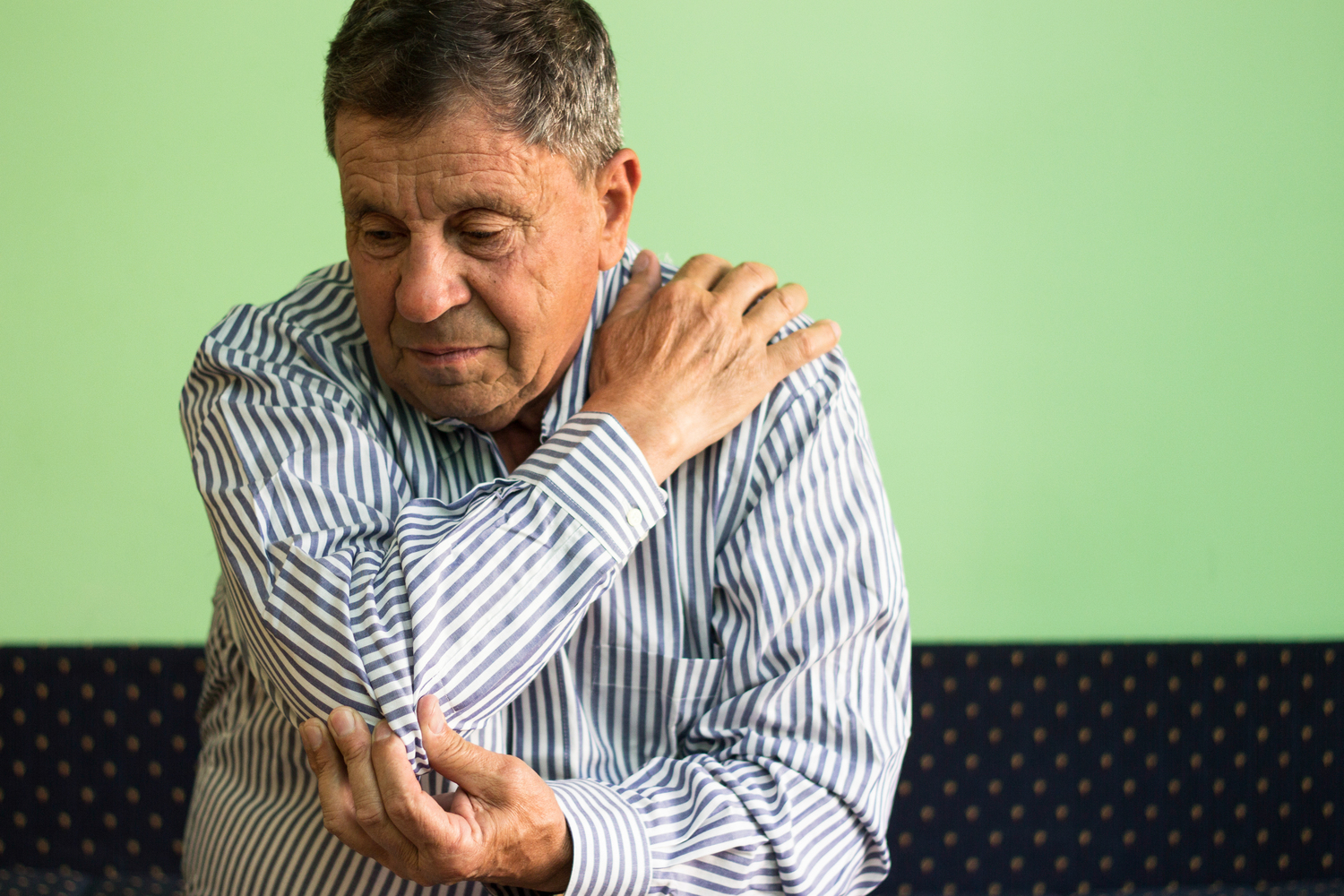
Common treatments for rheumatoid arthritis
Among the many autoimmune disorders, rheumatoid arthritis (RA) is the most common one. The immune system in the body, instead of protecting itself against foreign germs, starts attacking the tissues that form a lining inside the joints. The symmetrical joints in the ankles, elbows, feet, hands, knees, and wrists are most affected. This systemic disease slowly starts to affect other systems in the body. Rheumatoid arthritis causes the gradual swelling and tenderness of joints, making them quite painful.
Stiffness is most prominent immediately after a period of rest. Diminishing red blood cells result in anemia, dryness, and pain or redness in the eyes that ultimately impairs vision. This causes infections in the gums and inflammation around the lungs. Moreover, it also leads to shortness of breath, low-grade fever, reduced appetite, and dwindling energy levels.
While the symptoms are not persistent, they crop up periodically and become worse with age. The periods of sudden flare-ups followed by a quiet cool off phase are quite common. Rheumatoid arthritis treatment aims to reduce the pace or completely stop inflammation, provide relief from the multiple symptoms, restrain the damage caused to joints and other organs in the body, and generally improve joint functioning:
1. The goal of medications for RA
Medications suggested by doctors aim to do three critical things:
- Put an end to the symptoms of rheumatoid arthritis, especially joint inflammation.
- In the long run, put an end to the progression of the disease entirely.
- Finally, curb the systemic injury and damage to the bones and tissues in the joints.
These goals are achieved with the help of the following medications used in rheumatoid arthritis treatment:
- Non-steroidal anti-inflammatory drugs (NSAIDs)
These over-the-counter and prescription medicines decrease pain and inflammation. The medicines can either be taken orally or applied on the skin as a cream or gel on swollen joints. - Disease-modifying anti-rheumatic drugs (DMARDs)
Taken orally, or as an injection or infusion, the DMARDs interrupt the progress of the disease by strengthening the immune system. - Biologics
Taken as an injection or infusion, biologics are a subdivision of the DMARDs. Considered more effective than other treatments for rheumatoid arthritis, these medicines specifically target and block the process of inflammation and try to reduce the speed of progression of the disease. - Corticosteroid medications
These are quite powerful and have the ability to bring about instant help to reduce inflammation to a great extent. However, these are used prudently in low doses and for shorter durations than other medicines because of the high possibility of side effects.
2. Surgery for RA
Rarely, joint replacement surgery is a treatment option for rheumatoid arthritis when the disease becomes a burden and restricts even simple everyday movements. Majority of patients who undergo surgery get their damaged knee or hip joints replaced. However, even injured ankle, elbow, shoulder, or wrist joints may be replaced by surgical procedures.


